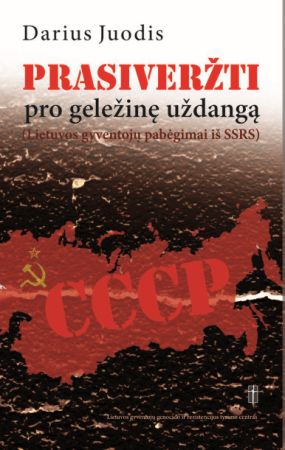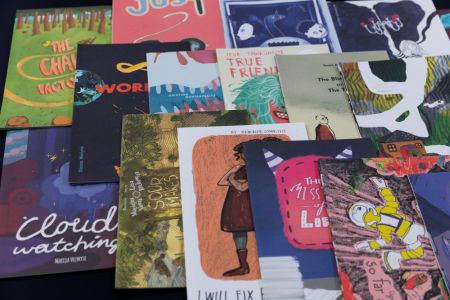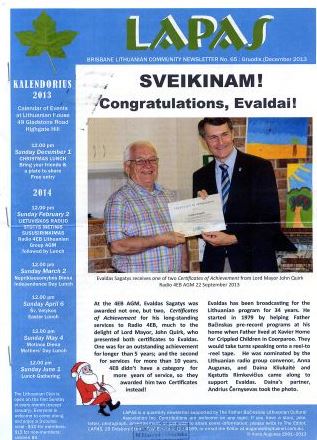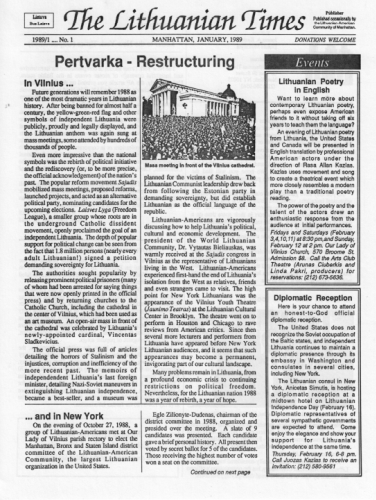At the end of WWII, the Baltic States found themselves in the Soviet grip, isolated from the free world. The people who remained in the country lost the opportunity to travel freely. Soviet oppression and restrictions on freedom of movement prompted many Lithuanians to flee Lithuania. The book “Breaking Through the Iron Curtain” prepared by Dr. Darius Juodis examines the flight of the Lithuanian population from the Soviet Union.
The book presents several periods: the first escapes (1940-1941); the period after WWII; the partisan escapes; the flight of the Lithuanian population to the West from 1950s to 1990s and the subsequent escapes.

Two components stand out in the structure of the book: research and the analysis of situation and a biographical description of each flight. The latter part lists the persons who successfully fled abroad. Dr. Juodis’ book presents various stories of escapees, photos of persons who fled and border crossings and KGB documents from the Lithuanian Special Archives, other memory institutions and personal archives.




